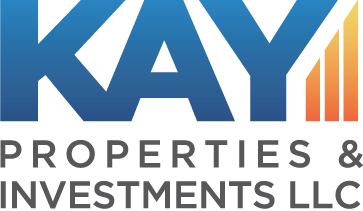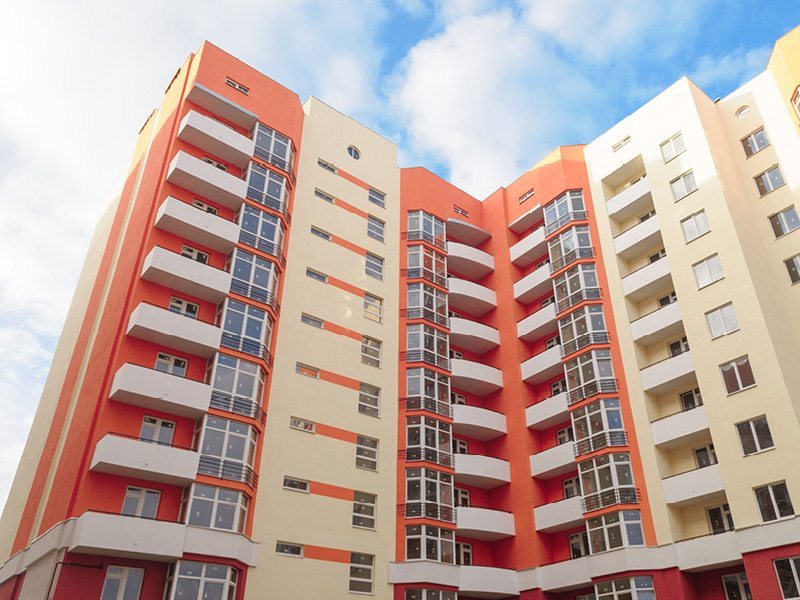By Dwight Kay
A Delaware Statutory Trust (DST) is an entity that is used to hold title to investment real estate. In some ways, this is similar to how a Limited Liability Company (LLC) can hold title to real estate; however, unlike an LLC, a DST 1031 property will qualify as “like kind” exchange replacement property for a 1031 exchange. This qualification as “like kind” property is pursuant to the Internal Revenue Code Section 2004-86.
The DST entity can be used to hold title to most types of real estate; however, a typical DST 1031 property is a triple net (NNN) leased retail or office property or a multifamily apartment community. A NNN leased property is a property whereby the tenant (and not the landlord) is typically responsible for property maintenance costs, insurance premiums and property taxes.
Other types of DST 1031 properties that have been available to investors have included shopping centers, government leased buildings, self-storage facilities, senior living communities, warehouses, distribution facilities, medical office buildings, fast food buildings, pharmacies and grocery stores.
Typically, at any given time, Kay Properties has 10 to 15 DST 1031 properties available to our qualified accredited clients, with a typical minimum investment of $100,000.
The financing used on DST 1031 properties is typically non-recourse to the investor. Non-recourse financing is typically defined as financing whereby the lender’s only remedy in the case of a default is the subject property itself. The lender is not able to pursue the investor’s other assets beyond the subject property. So, investors could lose their entire principal amount invested in the property in the case of a major tenant bankruptcy, market- wide recession or depression, but their other assets would be protected from a lender.
The non-recourse financing used on DST 1031 properties is typically long- term (usually seven to 20 years) and already locked and in place with the lender. This can greatly help to reduce 1031 exchange closing risk for investors that must be able to identify a property within their 45-day identification period that they know that are going to be able to close on.
From our observations at Kay Properties, the typical loan to cost of a DST 1031 property ranges between 40-65 percent as of this writing in 2015. A DST 1031 property with a 50 percent loan to cost is a property wherein the investors are putting down half of the required equity or cash amount to purchase the DST property and the lender is providing the other half, in the form of a mortgage.
As an owner of the DST 1031 property, you will typically receive 100 percent of your pro-rata portion of any potential principal pay-down from the loan on the property, thereby potentially building equity in the property. It is important to note that some DST 1031 properties are structured with principal pay-down beginning the first year, others with principal pay-down beginning in year two to five and others that are interest-only financing for the life of the loan.
DST 1031 properties are structured whereby the investors in the DST receive 100 percent of their pro-rata portion of the potential rental income generated by the property’s tenants. DST investors receive 100 percent of their pro-rata portion of any potential net appreciation of the property over the hold period. This is an area that truly differentiates DST 1031 properties from partnerships. With a partnership, the offerings sponsor is typically entitled to a portion of the potential rental income and potential appreciation.
Investors are keenly interested in the fact that when a DST 1031 property is sold, they are free to do another future 1031 exchange into any type of “like kind” replacement property. Typically, our clients at Kay Properties and Investments do further 1031 exchanges into more DST 1031 properties; however, you are free to invest in any other type of “like kind” property that you choose to upon the sale of your DST property.
From our observations at Kay Properties, we see DST 1031 properties providing a starting current cash-on-cash return of between 5 and 8 percent. The cash-on-cash return is a metric used in real estate to determine return on equity and is commonly referred to as cash flow. The variation in projected cash flows is due to a number of factors such as asset class (commercial properties typically provides a higher projected cash flow than multifamily apartments), location (strong primary markets like New York City and San Francisco typically have lower projected cash flows than smaller secondary or tertiary markets), age of the buildings, years remaining on the primary lease term and strength of the tenant (Are they considered investment-grade by Standard and Poor’s or non-investment grade? Is it a public or private company? Does the company have a positive growth outlook or is it a contracting industry?). These are just some of the factors that can influence projected cash flows on DST 1031 properties.
The projected cash flow on DST 1031 properties is a “net” number to DST investors. This means the projected cash flow is “net” of all management fees, debt service payments and property expenses. For example, if an investor invests $1 million into a DST 1031 property with a projected cash flow of 7 percent, the net amount projected to be sent to the investor that year is $70,000. DST 1031 properties’ projected cash flow is typically paid to the DST owners on a monthly basis via either ACH direct deposit straight into the investors checking or savings accounts or a physical check (whichever the investor prefers).
It is important to note that cash flow from real estate and DST 1031 properties, as well as past performance, is not guaranteed, as it is a function of the underlying real estate and tenants and their economic performance. Just as with all other types of real estate, projected cash flows could be lower than anticipated. It is very important for you as an investor to believe in the property, its location and its tenants before investing, as well as to review the risk factors of the offering materials in their entirety.
With DST 1031 properties investors are able to utilize depreciation and interest write-offs to partially shelter their projected cash flow from taxes. This allows for tax-advantaged potential rental income to the investor. This is another reason why many of our clients have invested non-1031 exchange discretionary funds into DST 1031 properties, which we will look into further in Chapter 6.
A typical DST 1031 property can be closed on within five business days after submitting subscription documents. DST 1031 properties can be closed on this quickly because typically all of the appraisals, environmental reports, property condition reports, financing, tenant estoppels, etc. have already been completed, as DST 1031 properties are “pre-packaged” for 1031 exchange investors. This is one of the reasons why DST 1031 properties have become very popular with investors that are in their 45-day identification period and close to running the risk of a failed 1031 exchange and a major tax consequence. They like the fact that they can close on DST 1031 properties quickly and complete their 1031 exchange within IRS guidelines.
DST 1031 investors do not receive a K-1 or 1099 at the end of the year for tax purposes. At the end of the year you will receive an operating statement (sometimes referred to as a substitute 1099). This will show your pro-rata portion of the DST properties rental income and expenses.
You will then provide this to your CPA, who will take this information and input it into Schedule E on your tax return, the same as all of your other commercial and rental properties.
DST 1031 properties are only available to accredited investors. An accredited investor (1) is generally defined as an investor with a net worth (assets minus liabilities) of greater than $1 million, exclusive of primary residence. That being said, there are a number of ways that an entity can potentially qualify as an accredited investor, and we encourage all investors to speak with their CPA and attorney before considering a DST 1031 investment to fully ascertain if you and your investment entity (trust, partnership, LLC, etc.) qualify as an accredited investor.<>

